The United States Geological Survey (USGS) estimates that about 206,000 tonnes of gold have been mined from mines and riverbeds around the world throughout history. However, the World Gold Council (WGC) puts the figure higher, at 238,391 tonnes of gold mined. This amount of gold fits into a cube about 22 metres on each side.
About 45% of gold is used to make jewelry, according to the WGC. Another 22% is held in bars and coins; 17% is held by central banks.
The USGS estimates that there are approximately 70,550 tonnes of gold remaining in economically viable deposits worldwide. The countries with the largest untapped gold reserves are Russia, Australia and South Africa. However, in 2024, China will be the world’s largest gold producer and marketer.
According to the WGC and research consultancy Metals Focus, global gold reserves amount to 60,370 tonnes, while gold resources are estimated at 145,626 tonnes.
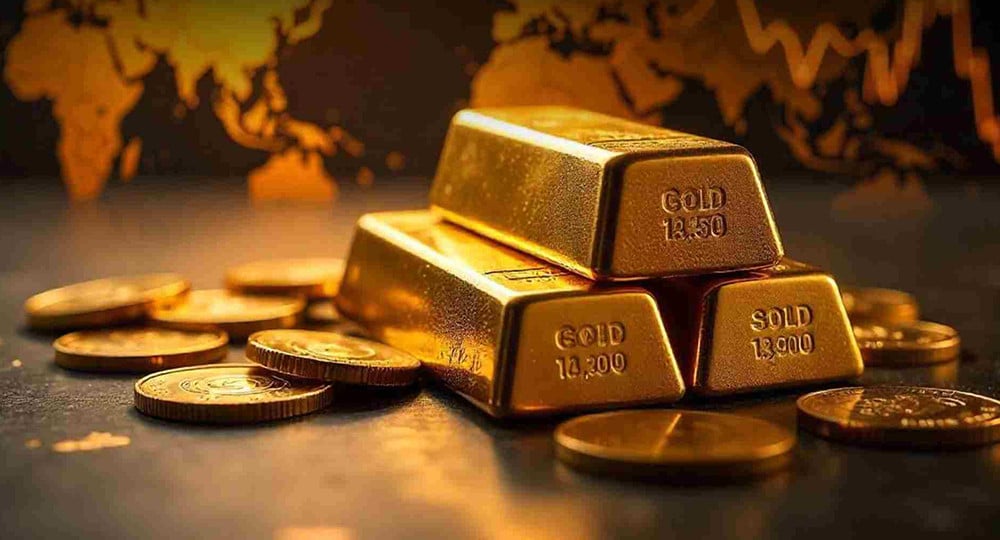
Gold in the Earth's Core
Most of the gold on Earth is not concentrated in large deposits or above ground. Small gold grains and nuggets—not worth mining—are scattered throughout the Earth’s crust, especially in seawater and igneous rocks, according to the University of California, Berkeley. The concentration of gold in the Earth’s crust is about 4 parts per billion. All the gold grains in the Earth’s crust combined would weigh about 441 million tons, according to The Royal Mint.
This huge figure is still just a fraction of the total amount of gold the planet actually holds. Geologists believe that the Earth's core contains 99% of the world's gold, enough to cover the entire planet with a layer 0.5m thick.
Chris Voisey, a mining geologist and research fellow at Monash University in Australia, explains that when the Earth formed, most of the available gold sank into the planet’s core due to the high density of the metal. The remaining 0.5% is thought to have landed on Earth during the Late Heavy Bombardment (4.1-3.8 billion years ago when the Earth was hit by a massive meteorite strike).
The amount of gold in this 0.5% is the part that geologists and resource explorers found in the rocks and concentrated into the ore deposits today. Since then, the amount of gold on earth has not changed significantly.
Because most of the gold is deep in the core and concentrations in the crust are highly variable, it is "impossible" to accurately measure the total amount of gold on the planet.
The University of Göttingen (Germany) has revealed the possibility of the existence of huge gold sources deep inside the Earth. Scientists have discovered traces of the rare metal Ruthenium (Ru) in volcanic rock samples in the Hawaiian Islands.
Dr Nils Messling from the Department of Geochemistry at the University of Göttingen, confirmed that some of the gold and other precious metals - which are used in industries such as renewable energy - may have leaked.
Huge amounts of superheated mantle material are rising from the core-mantle boundary to form oceanic islands like Hawaii, according to researchers.
Professor Matthias Willbold, co-author of the study, said the findings showed that the Earth's core was not as isolated as previously assumed. Researchers can now demonstrate that a large amount of mantle material originates from the core-mantle boundary and rises to the surface.
Some gold and other metals used in industries such as renewable energy may have seeped up from deep within the Earth. Researchers still need to determine whether this process has been going on for millions of years or is a relatively recent geological phenomenon.
Source: https://vietnamnet.vn/con-bao-nhieu-vang-trong-long-trai-dat-2412823.html


![[Photo] Prime Minister Pham Minh Chinh holds meeting to launch exhibition of national achievements to celebrate 80th National Day](https://vphoto.vietnam.vn/thumb/1200x675/vietnam/resource/IMAGE/2025/6/23/0c0c37481bc64a9ab31b887dcff81e40)

![[Photo] Prime Minister Pham Minh Chinh chairs the national online conference on combating smuggling, production and trade of counterfeit goods.](https://vphoto.vietnam.vn/thumb/1200x675/vietnam/resource/IMAGE/2025/6/23/4a682a11bb5c47d5ba84d8c5037df029)


![[Photo] Wandering through dreams](https://vphoto.vietnam.vn/thumb/1200x675/vietnam/resource/IMAGE/2025/6/24/5eacd7c04f86495cbff912448fa6e934)








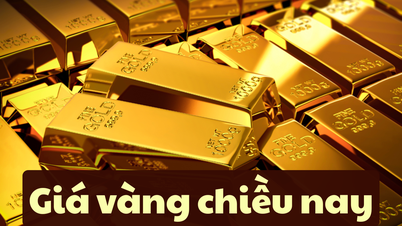

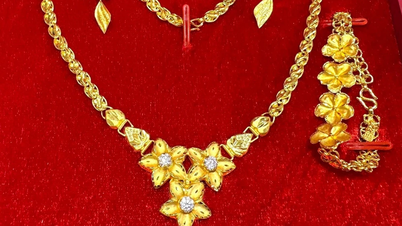

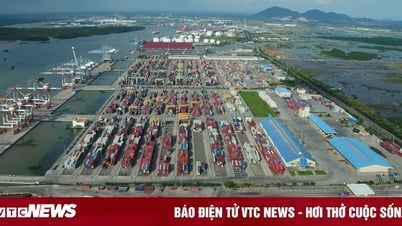




















































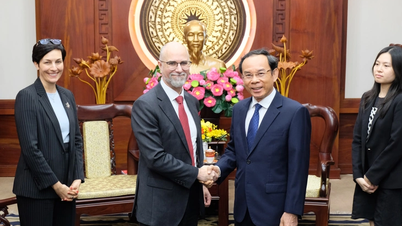




![[Infographic] The 1st Congress of the Party Committee of the Ministry of Culture, Sports and Tourism, term 2025-2030](https://vphoto.vietnam.vn/thumb/402x226/vietnam/resource/IMAGE/2025/6/24/8afbd7c780424568b23fd09cd74c8b1d)












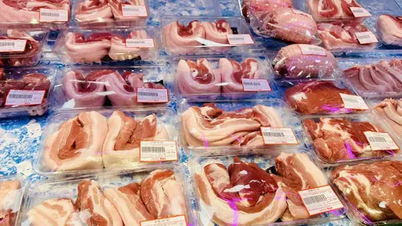














Comment (0)